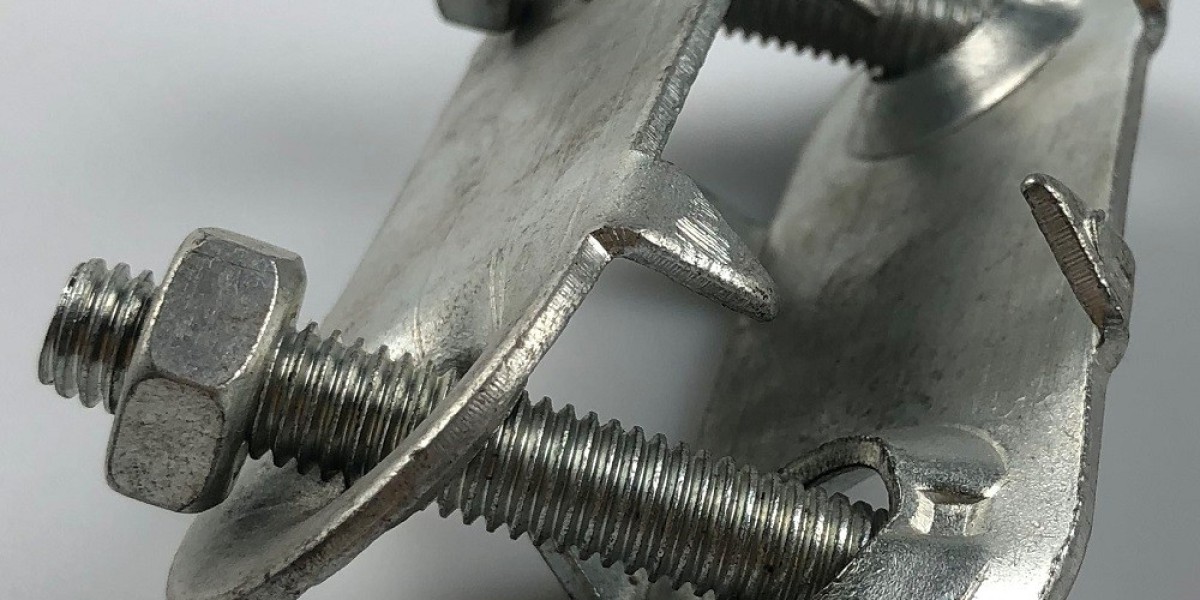Introduction:
Conveyor systems are widely used in various industries for the efficient movement of materials and products. One crucial component of a conveyor system is the conveyor belt clamp fastener, which ensures that the belt remains securely attached and properly aligned. In this article, we will explore the functions, types, and working principles of conveyor belt clamp fasteners.
- Functions of Conveyor Belt Clamp Fasteners:
Conveyor belt clamp fasteners serve several important functions in a conveyor system, including:
a. Secure Attachment: The primary function of a clamp fastener is to securely join the ends of the conveyor belt, preventing any slippage or separation during operation.
b. Alignment: Clamp fasteners help maintain proper alignment of the conveyor belt, ensuring smooth and efficient movement without any lateral shifting.
c. Tensioning: Some clamp fasteners incorporate tensioning mechanisms that allow for easy adjustment of the belt tension, ensuring optimal performance and reducing wear and tear.
- Types of Conveyor Belt Clamp Fasteners:
There are various types of conveyor belt clamp fastener available, each with its unique design and application. Here are some commonly used types:
a. Bolted Clamp Fasteners: These fasteners consist of two plates with bolt holes that are tightened together using nuts and bolts. They provide a strong and reliable connection, suitable for heavy-duty applications.
b. Alligator Clamp Fasteners: Alligator fasteners feature a hinged plate with teeth that interlock with corresponding teeth on the opposite plate. They are quick and easy to install, making them popular in industries where frequent belt changes are required.
c. Staple Fasteners: Staple fasteners utilize a series of pre-inserted staples that penetrate through the belt and are clinched on the underside. They are commonly used in light to medium-duty applications.
d. Spiral Clamp Fasteners: Spiral fasteners consist of a continuous, coiled piece that wraps around the belt ends, providing a strong connection. They are suitable for applications with small pulleys or where a low-profile splice is desired.
- Working Principles:
The working principle of a conveyor belt clamp fastener depends on its type. Here's an overview of how some common clamp fasteners work:
a. Bolted Clamp Fasteners: The two plates are positioned over the belt ends, and bolts are inserted through the holes. Nuts are tightened to apply pressure, compressing the plates against the belt and creating a secure connection.
b. Alligator Clamp Fasteners: The hinged plate is placed on one belt end, while the opposite plate with interlocking teeth is positioned on the other end. The teeth are aligned, and a hinge pin is inserted to secure them together, creating a strong grip.
c. Staple Fasteners: The staple fasteners are pre-inserted into the belt ends using a special tool. Once the ends are overlapped, a staple driver is used to clinch the staples, securing the belt ends together.
d. Spiral Clamp Fasteners: The coiled fastener is positioned over the belt ends, and the ends are interlocked. The fastener is then compressed, and the ends are secured using a pin or clip, providing a tight connection.
Conclusion:
Conveyor belt clamp fasteners play a crucial role in maintaining the functionality and reliability of conveyor systems. By securely joining the belt ends and ensuring proper alignment, these fasteners contribute to the smooth and efficient movement of materials. With various types available, each suitable for specific applications, conveyor belt clamp fasteners offer flexibility and adaptability to different conveyor setups. Understanding their functions and working principles allows industries to choose the right clamp fastener for their specific needs, promoting safe and efficient conveyor operations.







